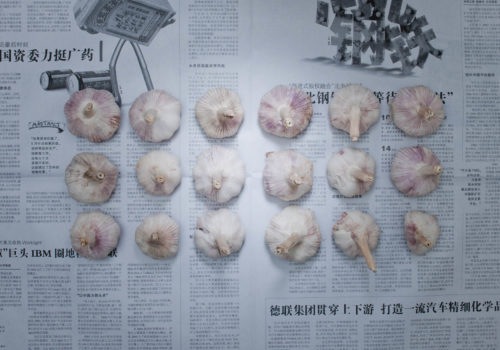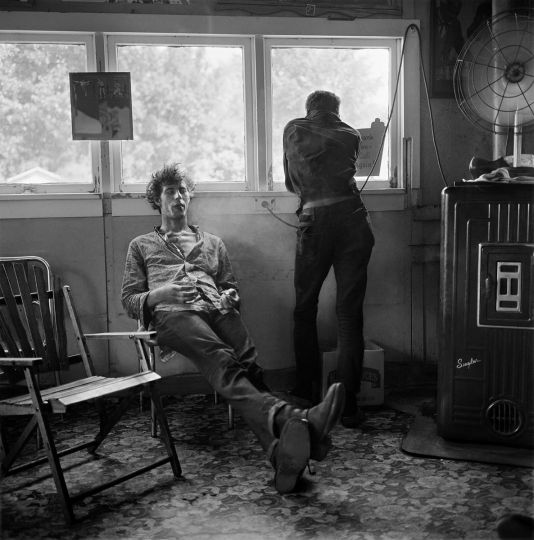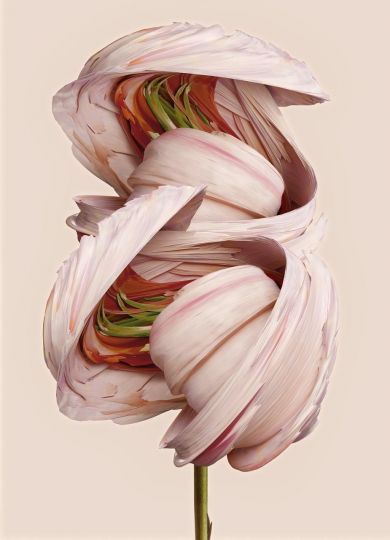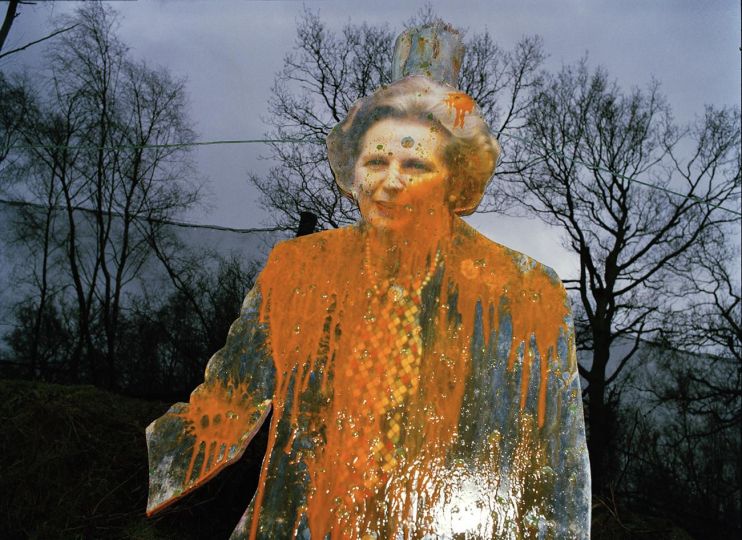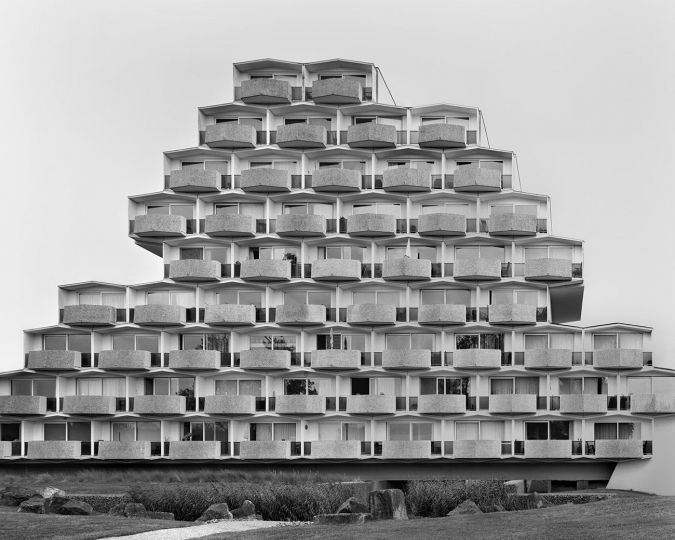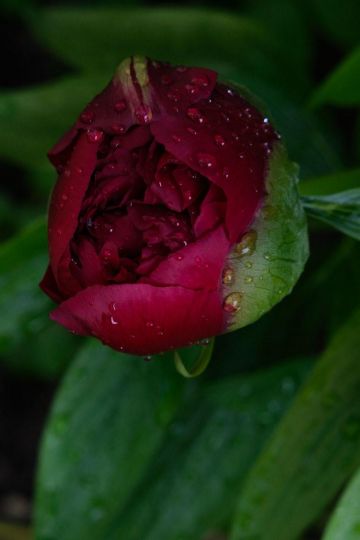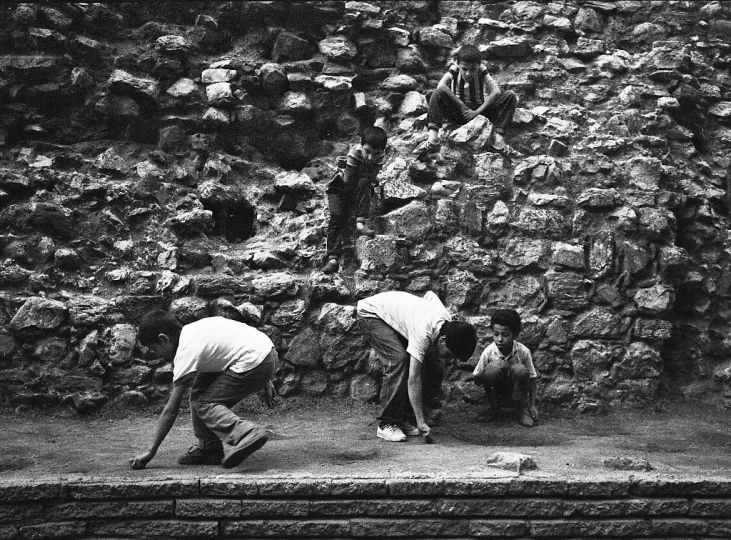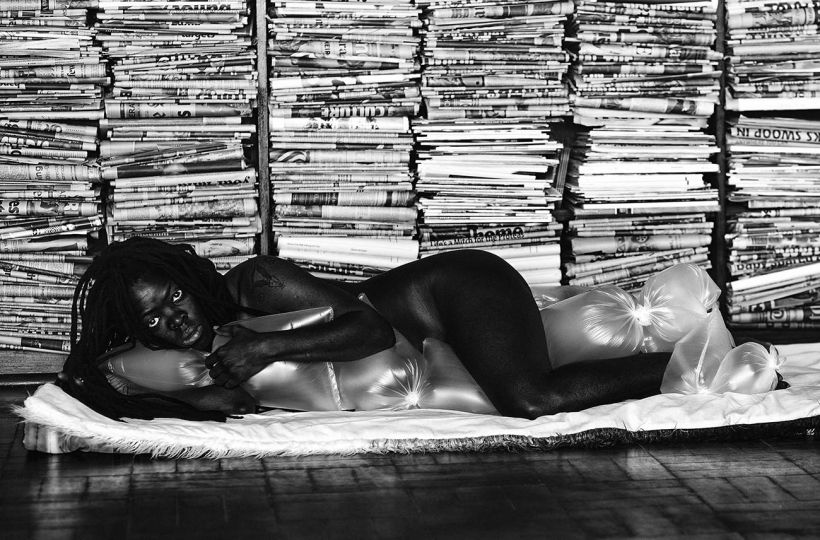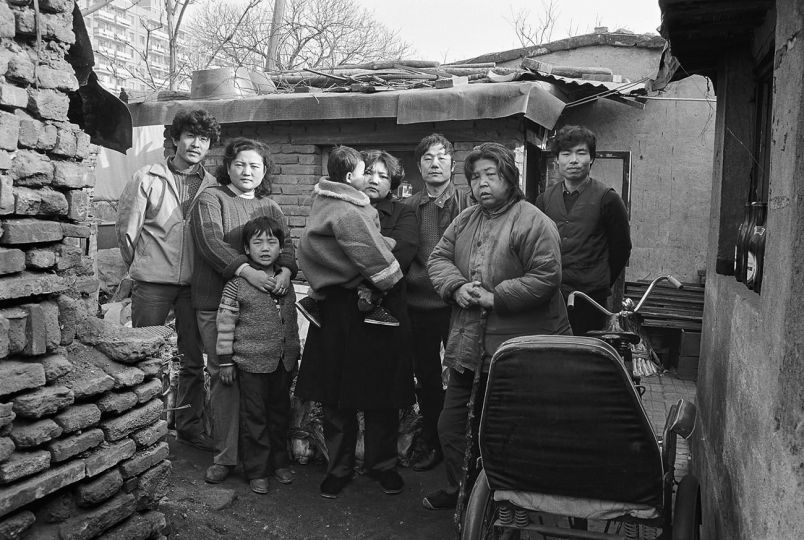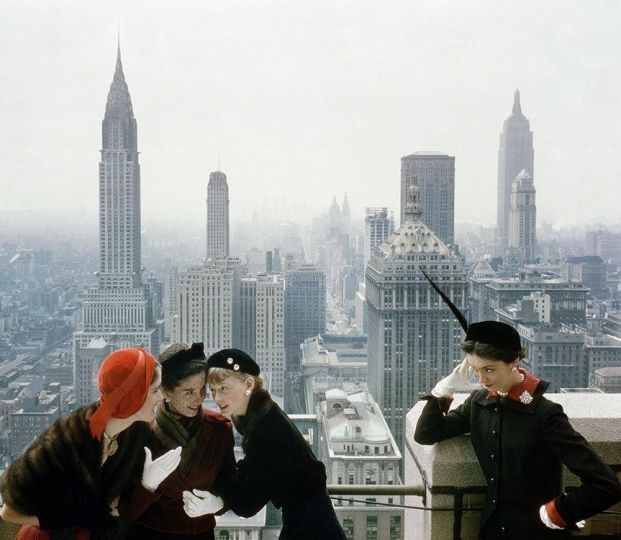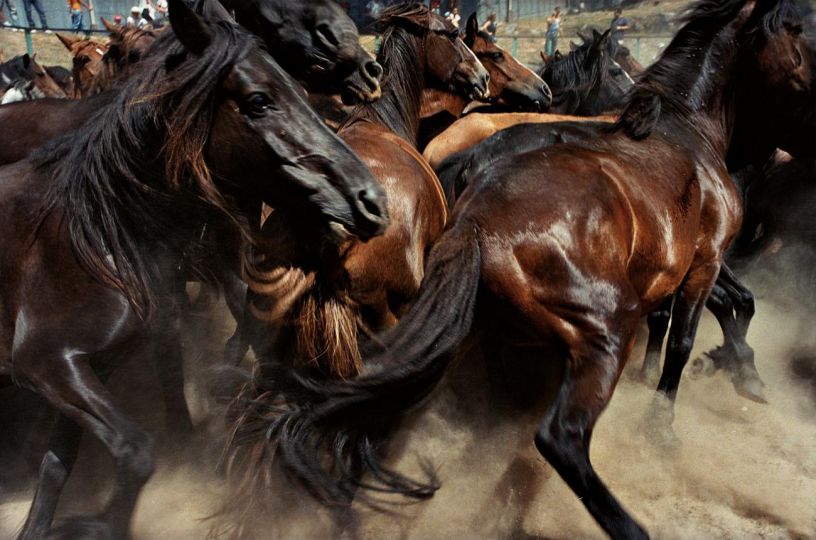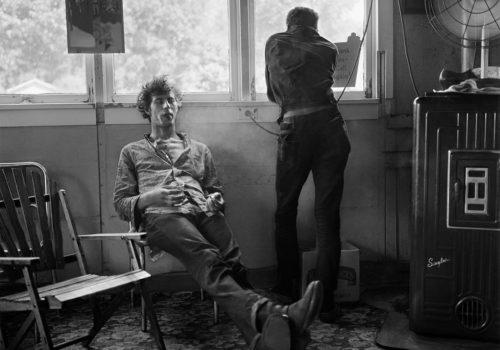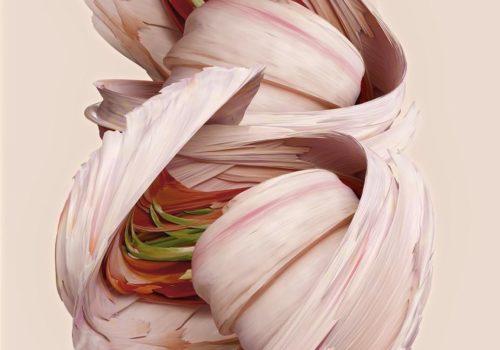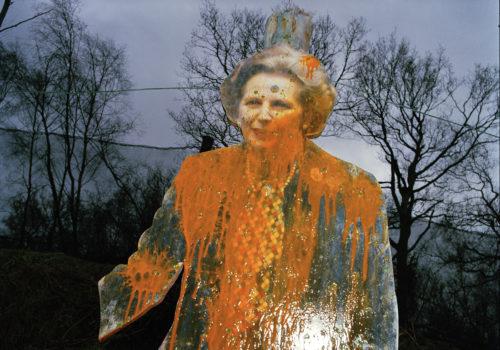Adventurer and photographer, Stefen Chow (born in 1980 in Kuala Lumpur, Malaysia) started to be interested in photography when he was a climbing member of a team scaling Mount Everest in 2005. At first trained in Mechanical Engineering and then in Photography, this young emerging photographer – based now in Beijing – has already been awarded several prizes and collaborated with international companies. He has already created a large body of works composed of a variety of genres that he particularly likes to mingle together. His continuous curiosity and desire for knowledge allow him to create each time unique series of photographs. Recently, Stefen Chow was in Shanghai for a couple of days , he was a guest speaker at two TEDxShanghai events. While the first – entitled The Young, The Wise, The Undiscovered – was more a contest searching for the next year TED speakers, the second – entitled I am Chinese – brought together artists, thinkers, scientists and other persons from different background and coming from the worldwide Chinese Diaspora. On that occasion, he introduced during precisely 18 minutes – according to TED’s rules – his Poverty Line project in collaboration with the economist Lin Hui-yi. This ongoing project between data visualization and photography portrays food items from several countries that could be bought by a person living on the poverty line. Just before taking his plane back to Beijing on Monday May 21st, Stefen Chow warmly invited me to his hotel. A cup of coffee, a glass of fresh pressed watermelon, a lot of laughs, and an hour of impassioned discussion later all my questions have been answered and my curiosity satisfied.
Marine Cabos: You just gave two talks for TEDxShanghai, this is apparently the second time after the one in Beijing in 2009. What are your first impressions for this year session?
Stefen Chow: TED is a fantastic platform. The main organizer for TEDxShanghai Richard Hsu did an amazing job with the calibre of speakers, diversity and the programme. It is an honour to be on the same stage. We made a lot of connections, lots of new friendships, and the audience was fantastic . How often can you say that you are speaking at a venue {the TEDxShanghai on May 20 was held at the Shanghai Concert Hall} which is so important historically and culturally.
MC: You notably talked about your Poverty Line project. How long do you intend to pursue it?
SC: We first started this project in 2010 in China, and when we started we expected it to be a one off project. I think it was partly peoples’ initial reactions which pushed us to think how we could possibly expand the project. Someone then suggested expanding it to other countries. So we did a couple of countries more, and then you realize that the momentum was given.
We started doing more and the reactions that we received were even better. We actually became quite motivated. It was almost as if this body of work was takingoff on its own, we were just the workers to make sure to keep it going.
I don’t think we need to put a deadline to it right now, simply because we also see the significance of doing the poverty line over time. As long as we get a consistency on the methodology in photography and calculations we expect to do this for quite a while. And as I said, it is something that motivates us personally and also because the project seems to have its own agenda.
MC: You exhibited this very project in Beijing during the Caochangdi PhotoSpring last April 2012 in an astonishing space almost in ruins. How did you find such a place?
SC: When we first got into discussions, we rejected a few sites as we didn’t find them suitable. Eventually, Rong Rong {one of the directors of the Three Shadows Photography Art Center} thought about this abandoned space, which used to be a furniture factory, and it is situated next to the Three Shadows Gallery. He said then that we could still call it the Three Shadows Gallery but you had to punch a hole through the two walls {Stefen Chow and his team needed to knock down two walls so that people could enter this previously abandoned space}.
MC: I have read that you attended recently an artist residency in Arles, how was it?
SC: It was amazing. I stayed there for a while. There was an open call for bodies of work from around the world, this contest is called the Open Photography Salon {www.photographyopensalon.com} and is organized by Galerie Huit in Arles. The theme was called Transience.
I sent my body of work {The Poverty Line} and it was awarded the Grand Prize, we were very happy. Then I found out the prize was a month residency in Arles, which was tremendous. So last October thru November I spent a month there, where I continued the Poverty Line project in France. I also did a side project of my series Communities.
MC: You said that before starting a series, like a sort of archaeologist, you unearth all the relevant information you can find, meet directly the people concerned, and so forth. Yet this does not mean your photographs lack of aesthetic qualities. In that sense, they seem in-between ‘factual’ and fine art photography. How would you qualify your photographs?
SC: I’m a conversationalist {laught}. I’m interested in a lot of things. I think photography is just the tool, the excuse to make it happen. I’m never a tourist that asks questions and leave, I would rather ask questions and document on it.
I believe in multi-genre photography, it is something I have learnt along the way. I grew up being very influenced clearly by some great photographers. But the thing is Cartier Bresson didn’t just photograph street scenes, nor Ansel Adams confines himself to black and white landscapes. They photographed a lot more things. I think history has a way of distilling a person’s work down to a very consisting body of work, because there is too much information in the past and too much information now. I think it is important at least for me to discover being comfortable in different trains of thought, and it is perhaps the best way to continue to learn.
When I started my career I was convinced that I would pursue a path which is pretty much different. I blend editorial, commercial and other genre together, and then in the end when you want to do a different body of work you have all these tools with you. I don’t like to confine myself.
MC: How did you select the people for the portraits in your series Communities?
SC: I first started this series in Beijing and I guess my motivation was I wanted to know my neighbours; it’s really an excuse. Sometimes I find that my photography comes from very simple motivations, it’s not something that has a great artistic line behind it.
I went to different parts of my neighbourhood and I lit the location. I used different lights, up to ten lights. After I wait for someone to walk pass and then the question was ‘I am your neighbour and I would like to take a picture’. So that became how I started doing the series, I loved it because I really started to know my neighbours. They were curious about what I was doing, I was curious about who they are.
The series which I did in France was different because I couldn’t speak French, it was my barrier. So I depended on contacts, so I went to peoples’ places instead. I no longer think that I can be a street photographer in the sense that I cannot leave a lot of things to chance. But I like to give it a certain sense of chance.
When I engage my subjects in portraiture a lot of times I’m just talking to them. I think that most of my subjects think they are having a conversation rather than posing for me. My portraits are not very serious, there’s a lot more conversation going on because I’m always curious about who I’m photographing, or even the place I’m photographing, I’m always asking questions. During that portrait session itself was the best time to ask questions, because as a photographer you are in command.
MC: How about Still in the Game, what is the genesis of this powerful black and white series of seniors playing basketball? What is an impromptu encounter? SC: You realize that most of my works came by chance {laugh}. This series was done back in 2007-2008. During that time I was still based in Singapore and was having a badminton game with my friends. As we were walking off the court, I saw a basketball court adjacent to us. As I walked past I noticed how old these people were, one of them remarked ‘haven’t you seen an old man do a lay up before?’, and he just took the ball, ran into the paint and laid up the basket. I was so fascinated, I stopped by and spoke to them. I found out they were part of the veteran’s league and they train pretty seriously twice a week. So I started following them and documented them over a few months. I was fascinated with their story, their spirit, these people were completely obsessed with basketball. All came from different backgrounds, some of them were retired CEOs, some of them were taxi drivers, some of them were ex national basketball players, it was a good mix. Because there are my parents’ ages I found it very inspirational, very fascinating. For me it was an excuse to be close to these people so I could understand what’s in their minds. At first they didn’t really care about me photographing them, until they found out I did have a track record of exhibiting works and then they got worried. They notably asked ‘Oh, do we look good?’ {laugh}, some of them were concerned with how they were portrayed, but I think in the end they all took it in good spirits. It’s one of the body of works I really enjoyed doing.
MC: Do you miss your previous life as a mountaineer?
SC: Of course, I miss the mountains all the time. I’m not completely retired yet, the last mountain I climbed is back in June 2010, I climbed Denali in Alaska and we are planning another expedition next year with the same team {the same team with which Stefen Chow climbed Mount Everest}. It’s going to be a long one. Doing expeditions is very important for me, not in an artistic sense but just for my own soul and being.
MC: Except from photography, you also created multimedia projects. Would you mind telling more about these projects, especially the Nikon 1 project?
SC: It started it as a personal project but it was taken up by Nikon afterwards. I’m a sponsored photographer , and I’m Nikon Singapore spokesperson as well as involved in different projects with Nikon Asia. I have collaborated with Nikon for the last five years.
Nikon 1 project is actually using one of their new very compact camera, which is quite amazing. It has a slow motion function which allows you to take video at 400 frame per second. So I started getting snip of street scenes which you otherwise would ignore but it’s taken apart and became a one minute length movie from a five second clip, you start to see things that you didnot see.
I’m always fascinating with what is in front of you, what is so obvious that you wouldn’t notice until someone shows you. It is consistent with my work, for instance poverty is a subject that people think they know about until we researched intensively and created a visual representation of what it is. I think that people see something that they though they knew about.
MC: So will you gradually doing more video? You seem very interested about it.
SC: Not really {laugh}. I think I’m more fascinated with techniques, I think it’s important to keep up with technologies, to see what’s there. I think it’s important to know the techniques but it doesn’t mean that you have to use every techique for every piece of work that you do, because I tell myself I don’t want to be a jack of all trades. Because you end up as a technician rather than someone who is known for unique images.
MC: What are your expectations for the future? SC: I’m actually quite happy with where things have gone. The Poverty Line series has given me a lot of satisfaction, I think it’s a body of work that taught a great deal. Educating myself has been a huge revelation. I do want to create works that are useful, that are beyond being just aesthetic, perhaps to go back to my initial roots that are photo-journalism and photo-journalism is about information. I do want to create future bodies of works in that sense. I think this can be my contribution.

